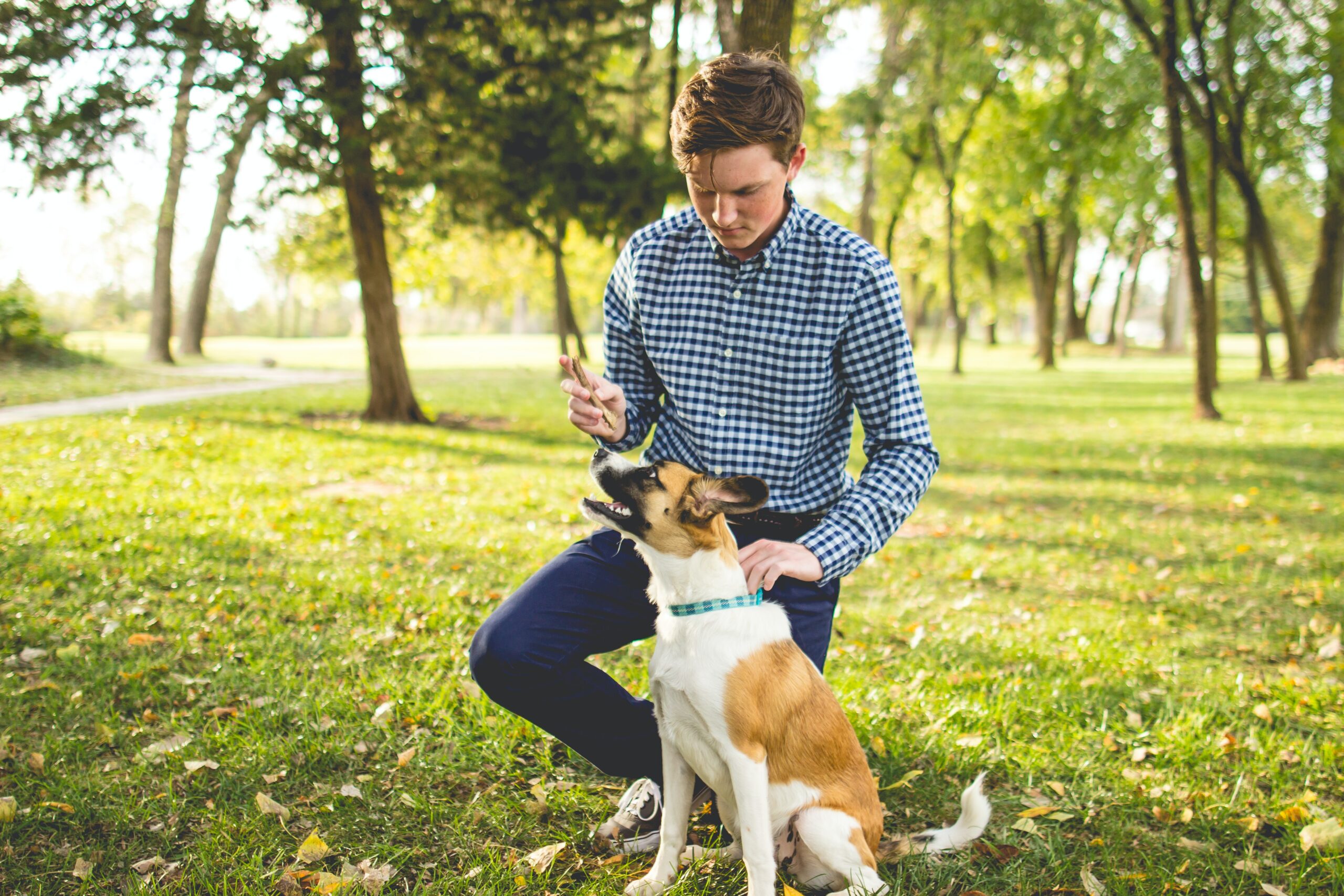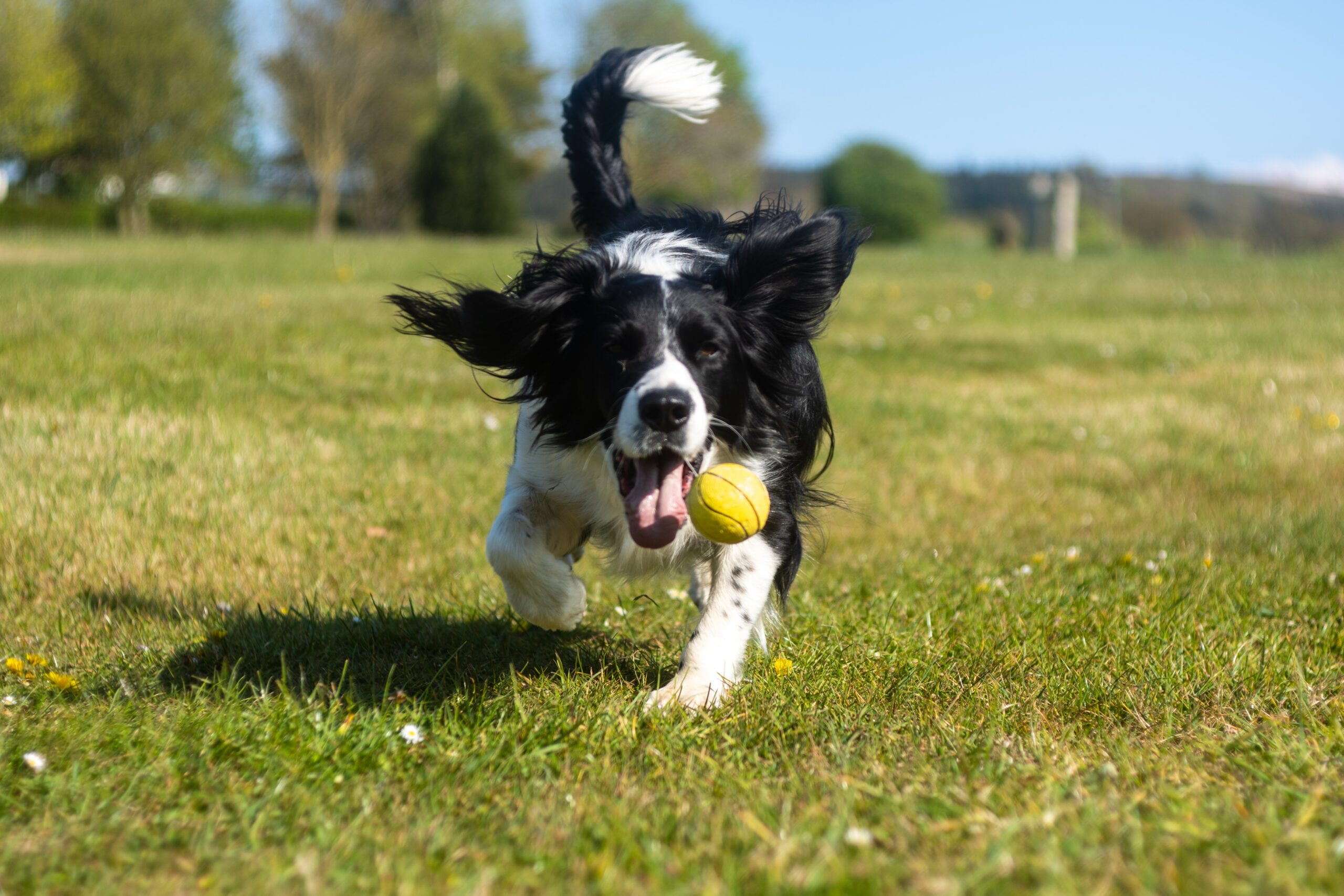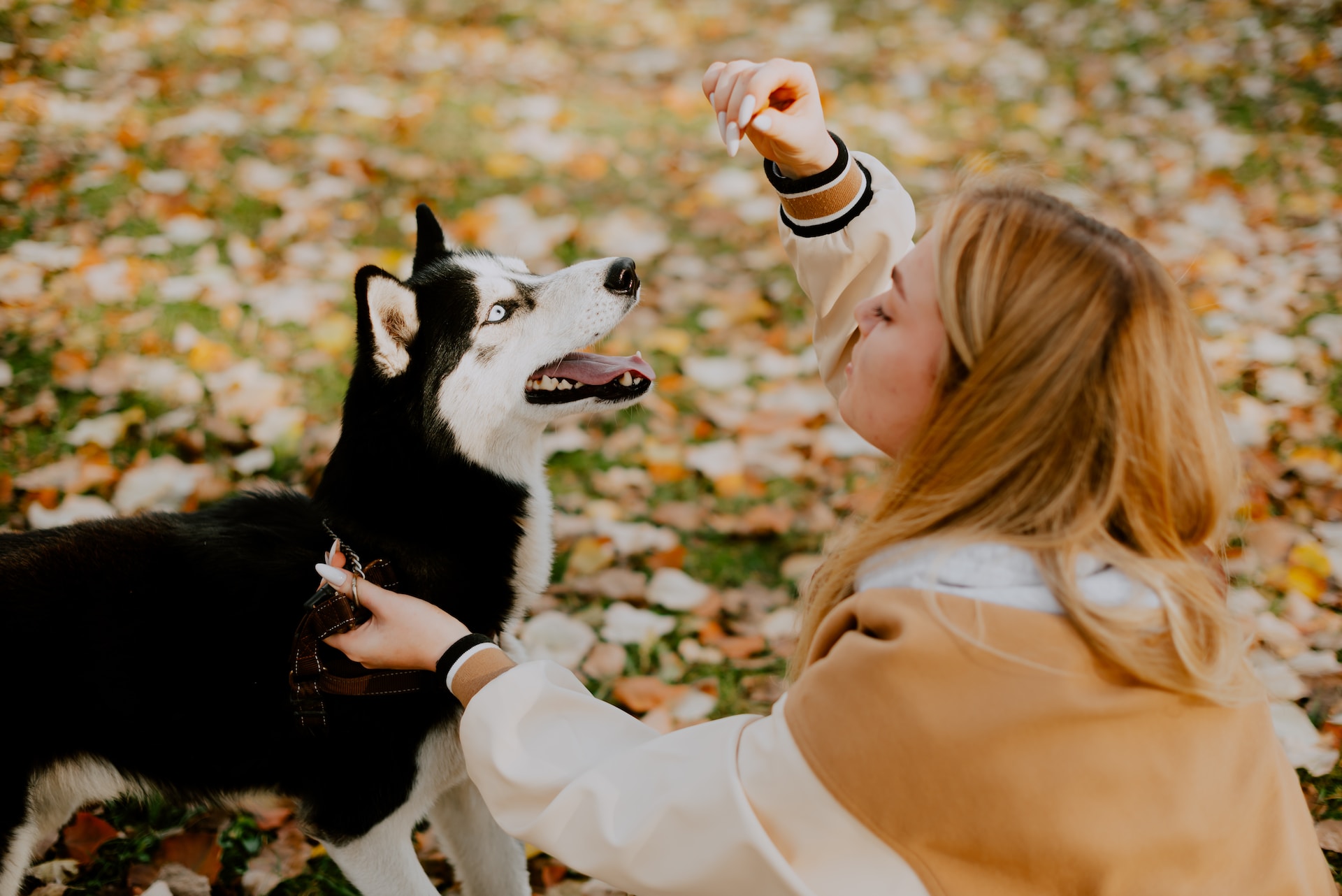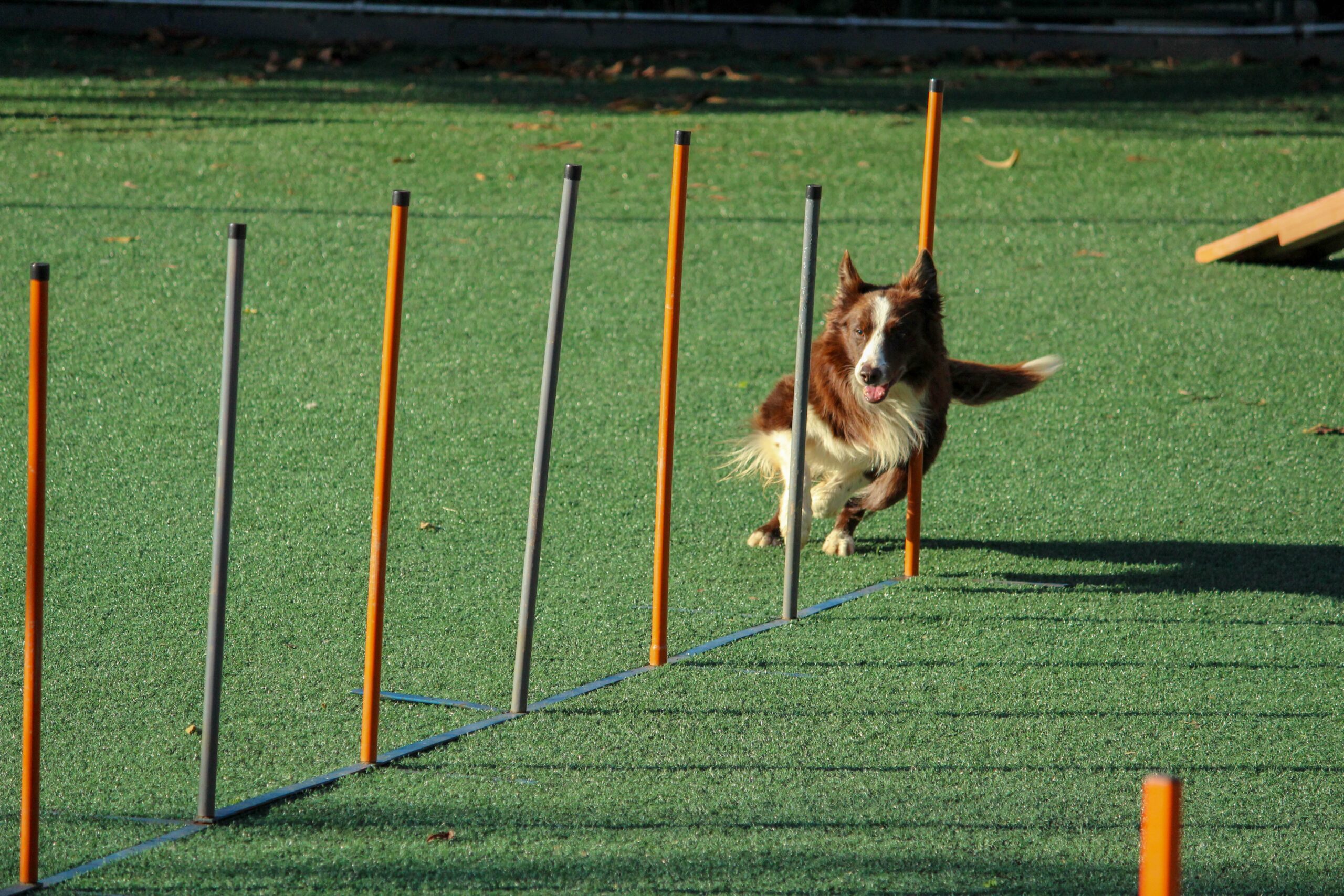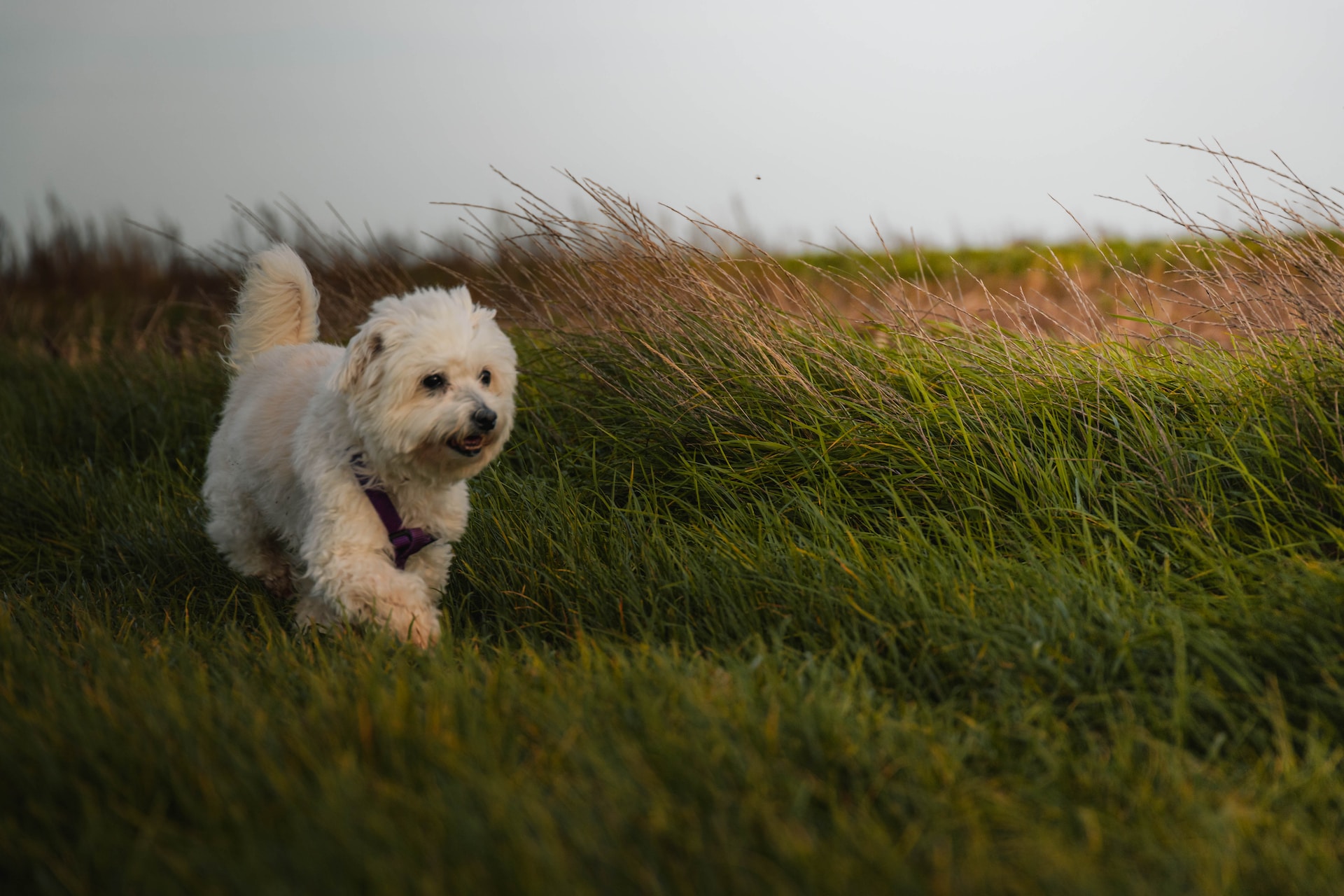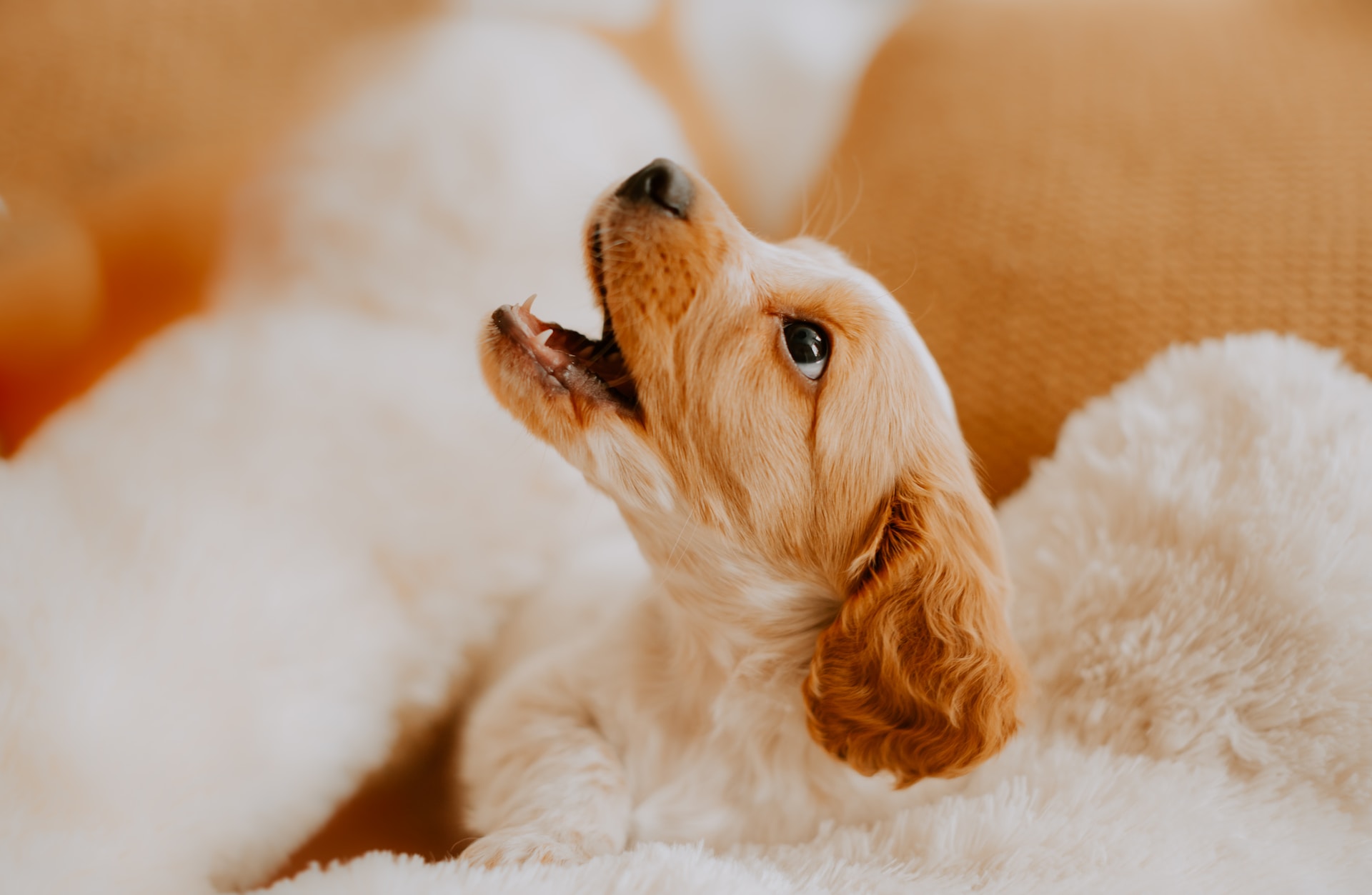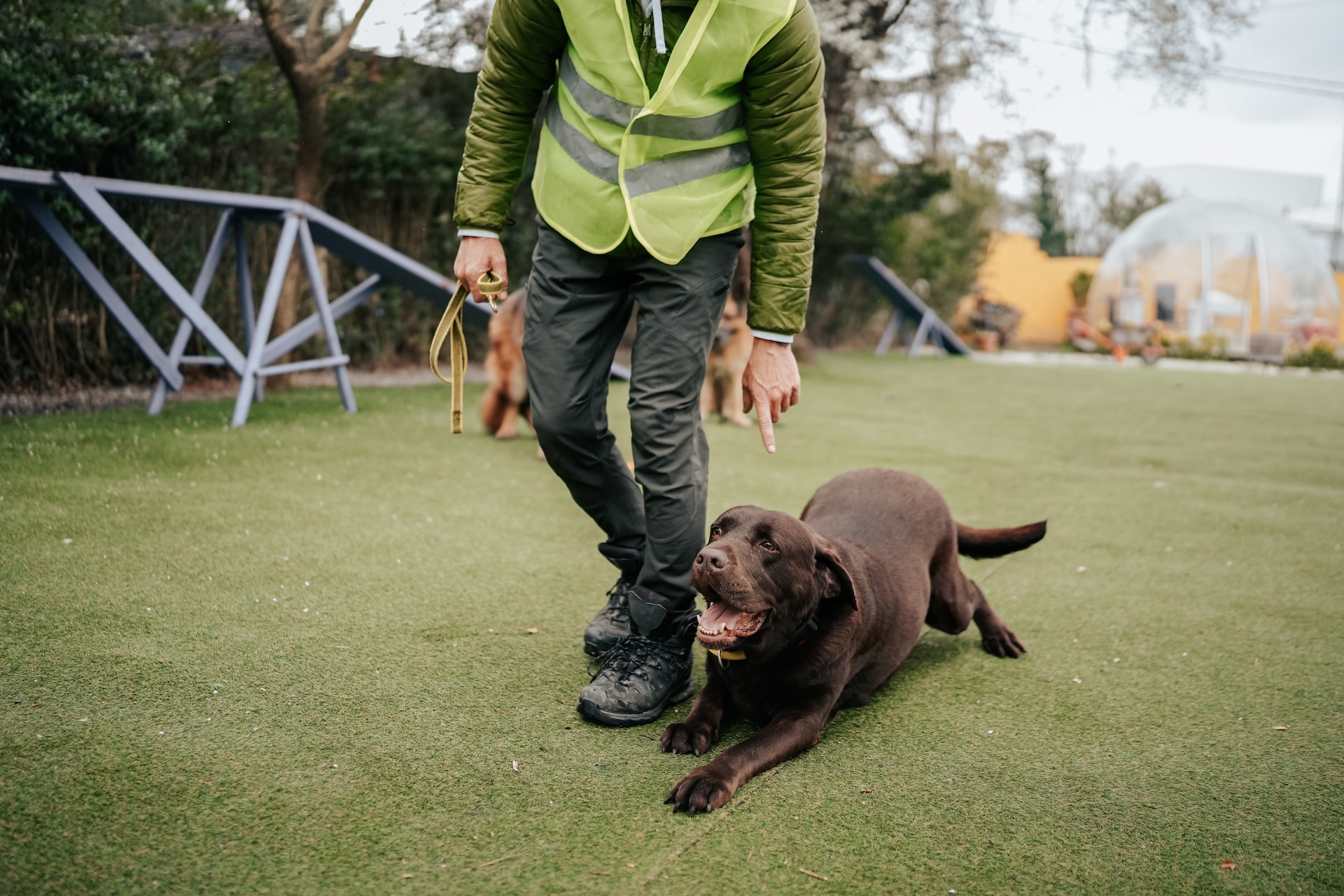Canine Enrichment: Exploring the Essential Elements for a Well-Adjusted Dog
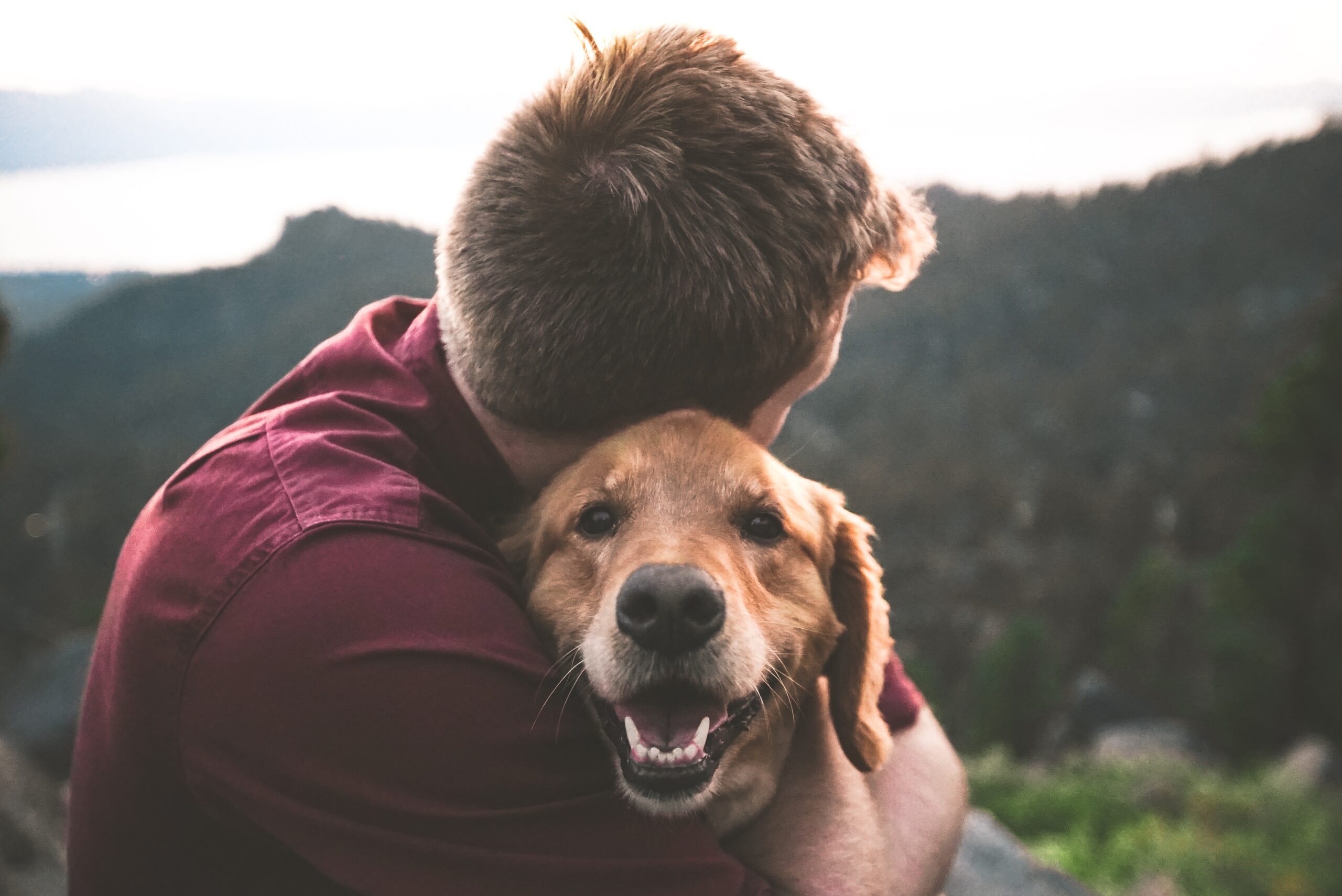
As dog owners, our primary goal is to ensure the happiness, health, and well-being of our furry companions. Canine enrichment is a crucial yet often underappreciated aspect of caring for our beloved four-legged companions.
It goes beyond merely meeting their basic needs and physical exercise requirements—enriching your dog’s life means creating an environment that stimulates their mind, nurtures their instincts, and provides sensory engagement, all of which positively contribute to their emotional well-being, happiness, and overall health.
The Pup Club Official membership is designed specifically to empower dog owners with the knowledge, tools, and support they need to provide a well-rounded and enriching experience for their pets. Our comprehensive approach to dog training, socialisation, and stimulation ensures that your canine companion receives the utmost care and attention needed to live a fulfilled and balanced life.
From understanding your dog’s natural behaviours to tailoring stimulating activities, this guide holds the keys to unlocking your dog’s fullest potential. By dedicating time and effort to your dog’s enrichment needs, you not only invest in their mental and emotional well-being, but also have the opportunity to strengthen the bond between you and your pet, creating a rewarding, lifelong relationship built on love, trust, and mutual understanding.
The Core Pillars of Canine Enrichment
Understanding different types of canine enrichment provides a strong foundation for creating a diverse and stimulating experience for your pet. These core pillars can be categorised as follows:
1. Sensory Enrichment: Exposing your dog to various sounds, smells, textures, and tastes enhances their sensory experiences, stimulating their minds and natural curiosity.
2. Cognitive Enrichment: Activities that engage your dog’s problem-solving skills and cognitive abilities—such as puzzle toys, treat-dispensing games, and training challenges – promote mental stimulation and intellectual growth.
3. Physical Enrichment: Providing opportunities for your dog to engage in species-specific behaviours, such as digging, chewing, or foraging, caters to their natural instincts while offering physical exercise and mental engagement.
4. Social Enrichment: Encouraging your dog to form positive relationships and interactions with humans and other animals promotes emotional well-being, social skills, and reinforces positive behaviours.
Enriching Activities Tailored to Your Dog’s Breed and Instincts
When choosing activities to enrich your dog’s life, consider their breed-specific traits and natural instincts. For example:
1. Herding Breeds: Breeds such as Border Collies or Australian Shepherds may enjoy activities that fulfil their herding instincts, such as chasing and retrieving balls, or participating in agility courses.
2. Retrieving Breeds: Labrador Retrievers and Golden Retrievers may find enrichment in retrieving toys or participating in scent work, focusing on their innate abilities to locate and fetch objects.
3. Scent Hounds: Breeds such as Beagles and Bloodhounds may thrive with activities that engage their powerful olfactory senses, such as scent trails or interactive treat-hiding games.
By offering enrichment activities that cater to your dog’s breed-specific instincts, you can provide mental and physical stimulation that keeps your pet engaged and content.
Discovering Unique Enrichment Ideas for Your Canine Companion
A diverse enrichment schedule ensures your dog remains intrigued and motivated. Consider incorporating these unique enrichment opportunities:
1. Interactive Food Toys: Treat-dispensing toys such as KONGs or slow-feeder bowls encourage problem-solving skills and offer cognitive engagement during mealtime.
2. DIY Enrichment Projects: Create stimulating activities with everyday objects, like hiding treats under upturned plastic cups or constructing a sensory box filled with various textures, sounds, and scents.
3. Doggy Play Dates: Organise playdates with friends or utilise Pup Club Official’s socialisation opportunities to help develop your dog’s social skills and expand its network of canine friends.
Pup Club Official: Your Enrichment Partner
The Pup Club Official membership offers invaluable support and resources to elevate your dog’s enrichment experience, including:
1. Tailored Enrichment Plans: Our expertly crafted enrichment plans provide step-by-step guidance on creating stimulating activities tailored to your dog’s unique needs and preferences.
2. Expert Support: Access professional advice from our network of experts for reliable information and guidance on all aspects of canine enrichment and well-being.
3. An Engaged Community: The Pup Club Official community allows you to connect with like-minded dog owners and professionals who share their experiences and help you continually enhance your dog’s enrichment regimen.
The Lasting Impact of a Well-Enriched Life
By wholeheartedly embracing canine enrichment, dog owners can expect significant benefits, leading to a happier, healthier dog:
1. Emotional Well-Being: Enrichment activities reduce boredom, stress, and anxiety, fostering contentment and relaxation in your pup.
2. Stimulated Cognition: Regular mental stimulation maintains sharp cognitive skills, preventing the decline of your dog’s mental abilities as they age.
3. Strong Behavioural Development: An enriched environment reduces the likelihood of developing destructive behaviours or excessive barking, resulting in a more balanced temperament.
4. Deepened Bond: Consistently engaging in enriching activities with your dog strengthens the bond between you, fostering a trusting, fulfilling, lifelong relationship.
Understanding Canine Enrichment: The Path to a Happier Dog
A robust approach to canine enrichment is a crucial investment, not only for your dog’s happiness and emotional well-being but also for your relationship with your beloved pet.
Embrace the diverse opportunities for stimulation, engagement, and growth provided by the Pup Club Official membership, and take advantage of the expert guidance, resources, and supportive community at your fingertips.
Ultimately, by prioritising your dog’s enrichment needs, you can pave the way for an exceptional, fulfilling life together, rich in love, adventure, and mutual understanding. Get in touch with us to learn more about our dog training services in the UK!
